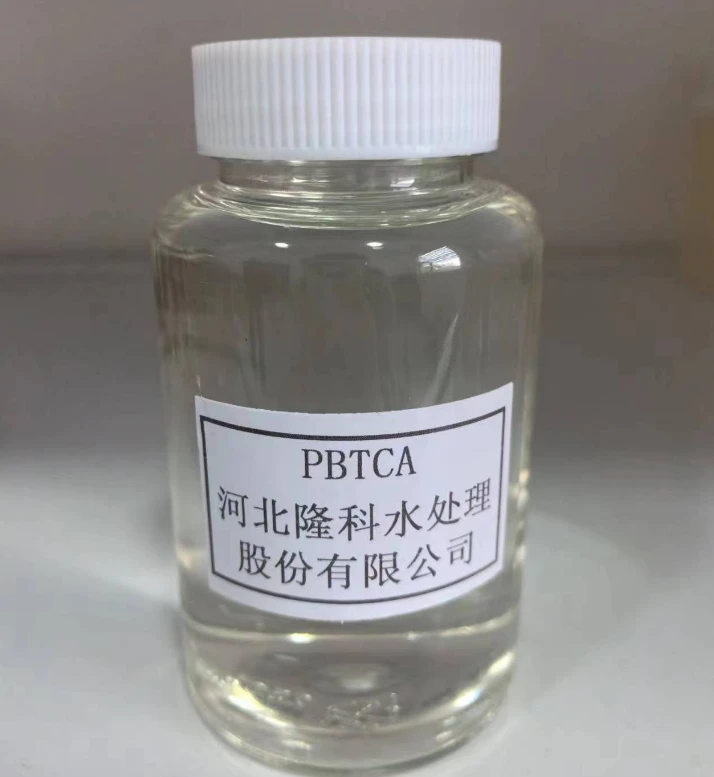Flocculant Solutions for Effective Water Treatment and Purification Processes
The Role of Flocculant Chemicals in Water Treatment
Water is an essential resource for human survival, and its quality directly impacts public health and the environment. With increasing industrialization, urbanization, and population growth, the demand for clean water has risen dramatically. Consequently, water treatment processes have become crucial in ensuring safe drinking water and maintaining environmental standards. One vital component in these processes is the use of flocculant chemicals, which play a significant role in the efficient removal of suspended solids and other impurities from water.
What are Flocculant Chemicals?
Flocculant chemicals, also known as flocculants or coagulants, are substances that facilitate the aggregation of fine particles into larger clusters, or flocs. These flocs can then be easily removed from the water through sedimentation or filtration processes. Flocculants work by neutralizing the electrostatic charges that keep particles dispersed in water, allowing them to adhere to one another.
Flocculants fall into various categories, including organic and inorganic compounds. Commonly used organic flocculants include polyacrylamides and natural polysaccharides, while inorganic flocculants often consist of metal salts, such as aluminum sulfate and ferric chloride. The choice of flocculant depends on the specific characteristics of the water being treated and the types of impurities present.
The Importance of Flocculant Chemicals in Water Treatment
1. Removal of Suspended Solids
One of the primary functions of flocculants is the removal of suspended solids, which can include sediment, algae, and organic matter. These particles can cause turbidity in water, making it visually unappealing and potentially harmful to health. By aggregating these suspended solids into larger flocs, flocculants enable their efficient removal, leading to clearer and safer water.
2. Reduction of Chemical Contaminants
In addition to physical impurities, water may also contain dissolved chemical contaminants such as heavy metals, phosphorus, and organic pollutants. Flocculants can help in precipitating these contaminants, transforming them into solid forms that can be more easily removed. This process is particularly important in industrial wastewater treatment, where effluents often contain a variety of hazardous substances.
3. Enhancement of Microbial Removal
flocculant chemicals for water treatment

Effective water treatment must also address the presence of pathogens and bacteria that pose health risks. Numerous studies have shown that flocculants can improve the efficiency of microbial removal processes, whether through sedimentation in conventional treatment plants or advanced filtration systems. By promoting the aggregation of microorganisms, flocculants can significantly enhance disinfection processes, leading to safer drinking water.
4. Cost-Effective Solution
Using flocculant chemicals can also be a cost-effective solution for water treatment facilities. By improving the efficiency of sedimentation processes, they can reduce the amount of time and energy required for treatment. This translates to lower operational costs, enabling municipalities and industries to manage their water treatment budgets more effectively.
5. Environmental Sustainability
In an era where sustainable practices are paramount, the use of flocculants can contribute to more environmentally friendly water treatment processes. By reducing the need for excessive chemical treatments and allowing for the recovery of valuable by-products from wastewater, flocculants can promote a more circular approach to water management.
Challenges and Considerations
Despite their benefits, the use of flocculant chemicals also presents challenges. Careful selection and dosage are crucial, as excessive use can lead to secondary pollution, affecting aquatic ecosystems. Additionally, the potential for harmful residues from certain flocculants necessitates thorough monitoring and regulation in treatment processes.
Furthermore, the public perception of chemical additives in water treatment can be a barrier to acceptance. Transparency in reporting and educating communities about the importance of flocculants in ensuring safe drinking water can help alleviate these concerns.
Conclusion
Flocculant chemicals are indispensable tools in modern water treatment processes. Their ability to effectively remove suspended solids, reduce chemical contaminants, and enhance microbial removal makes them vital for producing clean and safe water. As water scarcity and quality challenges continue to grow, the role of flocculants will be increasingly important in meeting global water needs sustainably. By striking a balance between efficacy and environmental responsibility, flocculants can help shape a future where every individual has access to safe, clean water.
-
Water Treatment with Flocculant Water TreatmentNewsJun.12,2025
-
Polymaleic AnhydrideNewsJun.12,2025
-
Polyaspartic AcidNewsJun.12,2025
-
Enhance Industrial Processes with IsothiazolinonesNewsJun.12,2025
-
Enhance Industrial Processes with PBTCA SolutionsNewsJun.12,2025
-
Dodecyldimethylbenzylammonium Chloride SolutionsNewsJun.12,2025





